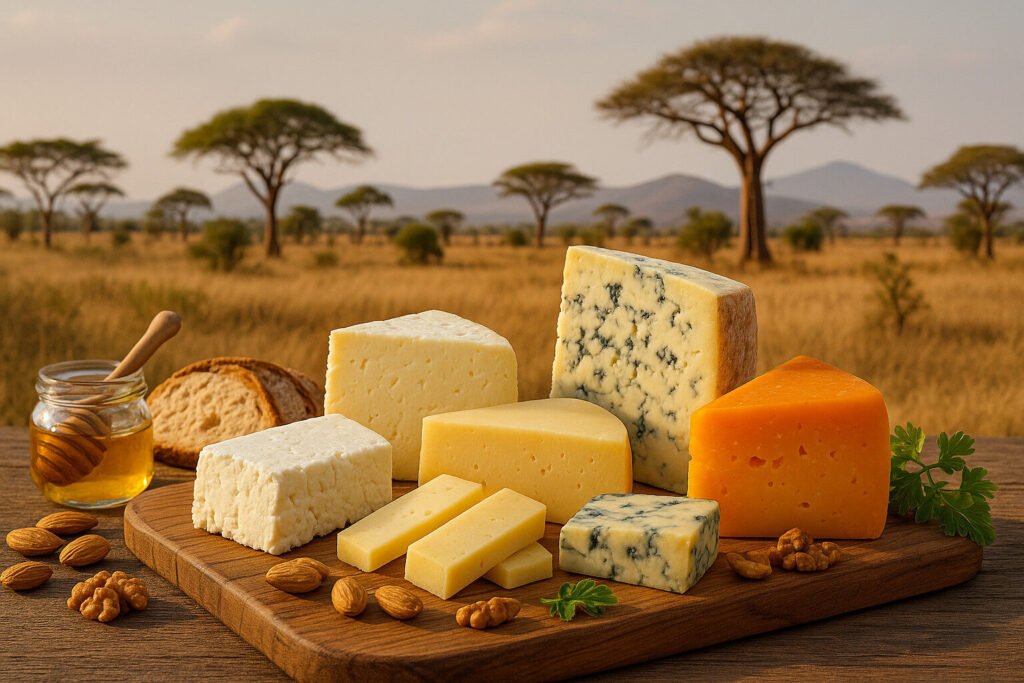Cheese Of West Africa
Definition and Scope
West African cheese refers to dairy products developed across countries like Nigeria, Ghana, and Mali. These cheeses often utilize local milk sources such as cow, goat, or sheep milk. They represent a distinct category within global cheese taxonomy due to unique regional production methods.
The scope includes both fresh and aged varieties adapted to tropical climates. Many West African cheeses are consumed locally rather than exported. They reflect cultural traditions and available ingredients in their respective regions.
Production Methods
Traditional West African cheese production typically involves acid or heat coagulation rather than rennet. Wara, a popular Nigerian cheese, is made by curdling fresh cow milk with extracts from Calotropis procera leaves. This plant-based coagulant creates a distinctive texture and flavor profile.
Production often occurs at small scale using basic equipment. The process frequently includes hand-pressing and sun-drying to preserve the cheese. These methods have been passed down through generations with minimal industrialization.
Sensory Characteristics
West African cheeses generally exhibit mild to moderate saltiness and pronounced milky flavors. Their textures range from soft and crumbly in fresh varieties to firm and dense in aged versions. Many have subtle herbal notes from plant-based coagulants used in production.
The color spectrum typically spans from bright white to pale yellow depending on milk fat content. Aged versions develop more complex flavors with earthy undertones. These sensory profiles differ significantly from European cheese traditions.
Culinary Applications
West African cheeses serve both as standalone snacks and cooking ingredients. Wara is commonly eaten fresh with spicy pepper sauces or incorporated into stews. Its mild flavor makes it versatile for absorbing other ingredients’ tastes.
In urban areas, these cheeses appear in modern fusion dishes and street food. They provide protein in vegetarian meals and complement starchy staples like yam and cassava. Their high melting point makes them suitable for grilling and frying.
Regional Variations
Nigeria produces Wara using Fulani cattle milk and local plant coagulants. Ghana creates similar cheeses often called “wagashi” using different local herbs. Each region’s version reflects available milk sources and traditional knowledge.
Mali and Burkina Faso develop drier, saltier cheeses suited to preservation in hot climates. Coastal regions sometimes incorporate seafood elements in cheese preparation. These geographical differences create a diverse cheese landscape across West Africa.

